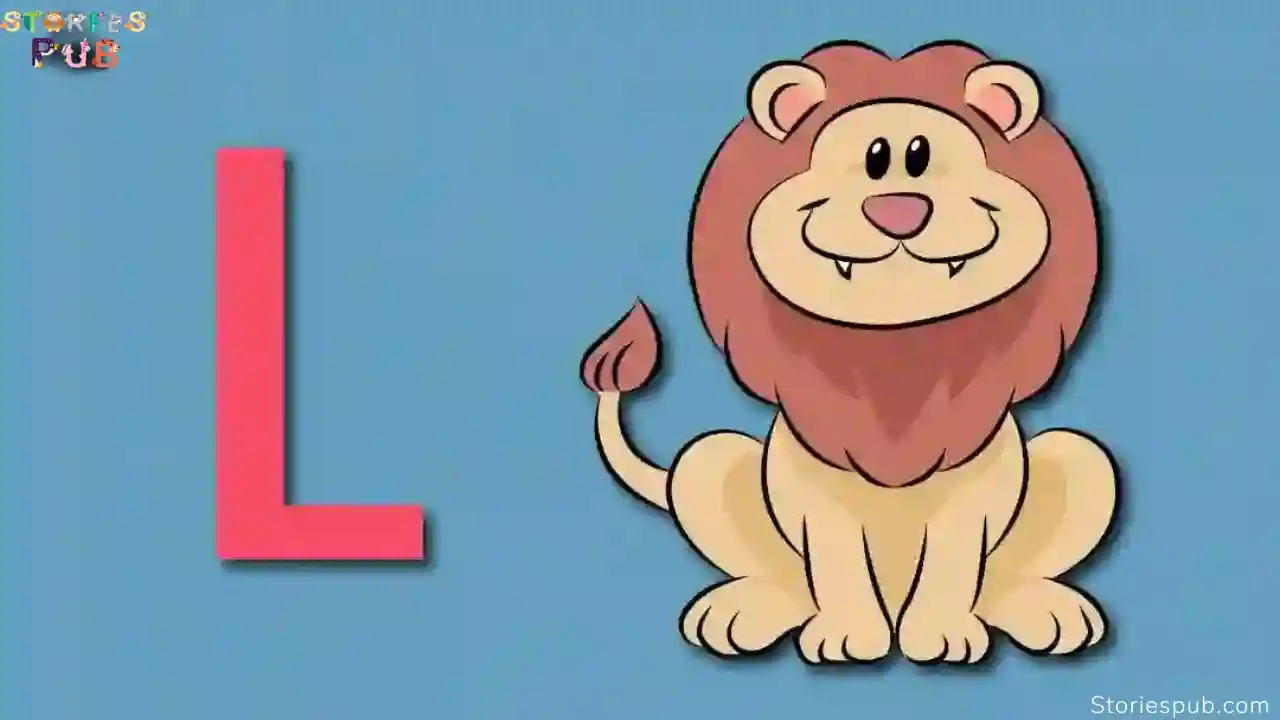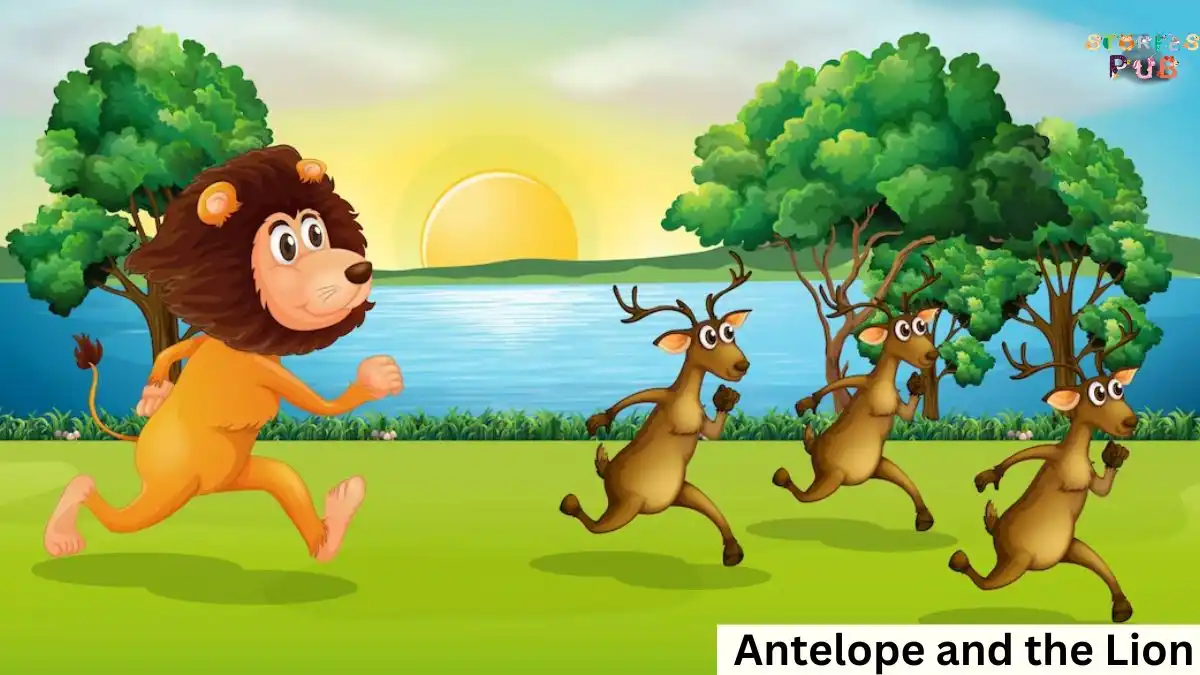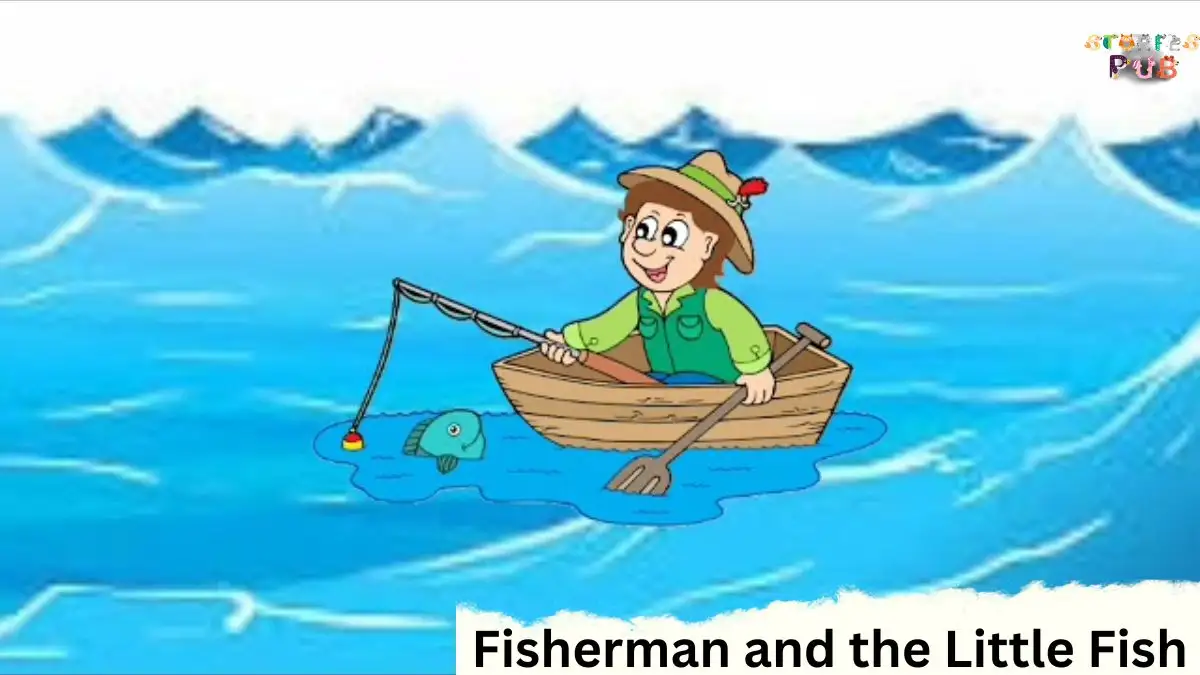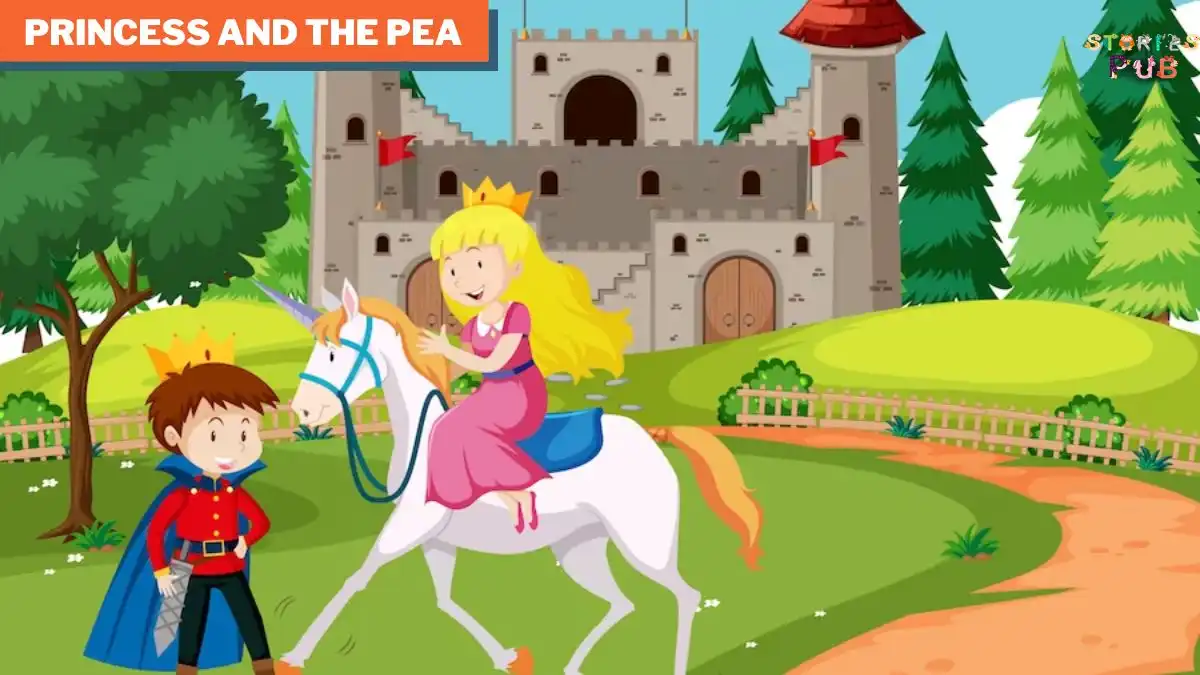Summarize this Article with:
The Loyal Dog | Aesop’s Fables

The Loyal Dog | Podcast
Once, there was a thief who had a long history of burgling houses. One day, he came across a large house that he wanted to rob. However, there was a big problem: a massive dog was guarding the house. The thief realized that he would need to find a way to deal with the dog if he wanted to get inside.
Thinking quickly, the thief decided to take some meat with him as a way to distract the dog. He arrived at the house at night with the meat in hand. The dog was waiting for him near the gate. The thief tossed the meat towards the dog, hoping it would keep him quiet. However, the dog refused to eat the meat and spoke to the thief.
“If you think you can stop me from barking and biting, you are mistaken. I will never betray my master for the meat you offer,” said the dog.
The thief was startled by the dog’s words and realized that he had no chance of getting past him. He decided to give up on his plan to rob the house and ran away from the scene. The thief learned a valuable lesson that night – that some things are simply not worth risking everything for.
The moral of the story is that loyalty and devotion cannot be bought with material possessions. The dog in the story was a loyal guardian of his master’s house and refused to betray him, even when offered a bribe by the thief. The thief learned that sometimes, the things we desire most cannot be obtained through dishonest or unethical means, and it is better to let go of our selfish desires than to risk everything for them. The story also highlights the importance of respect for others and their possessions, as stealing and trespassing are not only illegal but also morally wrong.
Thanks For Reading.. The Loyal Dog | Aesop’s Fables
Hey kids, how much did you like The Loyal Dog | Aesop’s Fables? Please share your view in the comment box. Also, please share this story with your friends on social media so they can also enjoy it, and for more such Aesop Fables stories, please bookmark storiespub.com.
Check out other stories that we have:














